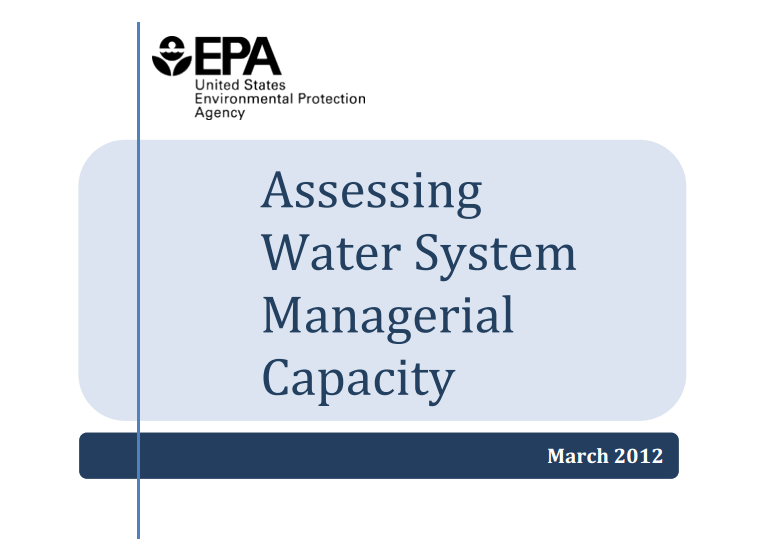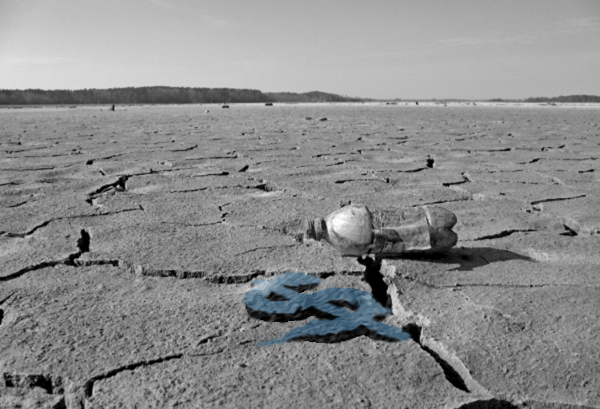Jeff Hughes is the Director of the Environmental Finance Center.
“How much should our utility maintain in reserves?” This is one of the most common questions I get from utility managers during my finance courses. It is also one of the most difficult questions to answer. Just calculating how much a utility has in reserve and what it can be used for can be challenging given the diversity of labels and descriptions given to reserves.








